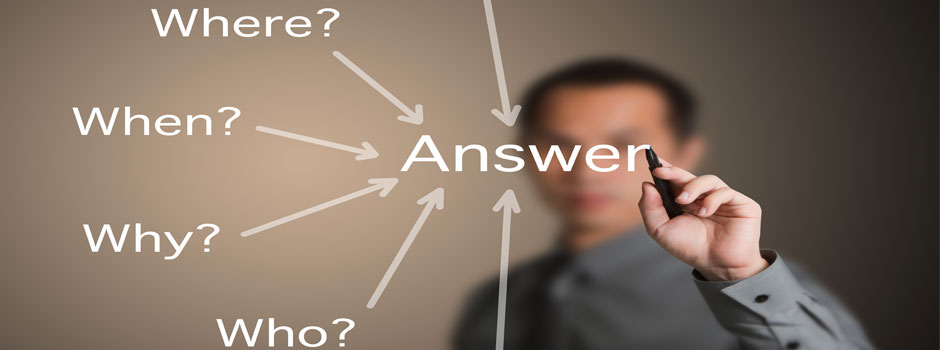Computer graphics : some advice
Computer generated tables, graphs and drawings tell more than linear commentary. These summaries seen at a glance allow the journalist to give out information more rapidly.
There are some rules you should respect though :
- Complete tables from official sources.
When using preexisting tables, the journalist must systematically mention the sources of the data and, if it comes from a poll, the sample and error margin. Official sources often provide captions for titles : Birthrate evolution in 2012.
The journalist must switch to an informational header : 2012 : birthrate soars in Paris
- Simplify complex data :
– Dispatch data on successive tables.
– Liven up the computed graphics by making the information appear progressively.
– Facilitate calculations by giving our the results beforehand and grouping figures that function together.
Informative and easy to read captions.
- Maximum length : three lines and 30 to 40 characters for each line.
- Don’t forget to backspace.
Yves MARTIN
Manager for la Cité de la Vigne et du Vin
Yves MARTIN
Chief manager for la Cité de la Vigne et du Vin
- Avoid abbreviations
For the readers it’s easier to read a longer but clearly understandable word.
PoliSci -> Political Science.
- Translate acronyms.
If an acronym is well known, put it first then explain what it means in parentheses. Develop first less familiar acronyms then put them in brackets.
- Caption the interviewee correctly.
– The caption tells you why the interviewee is relevant : first name + surname+ job : “Joel Furiga, Manager for Air Lib”.
– Sometimes, because they feel empathy for the interviewee, journalists forget to ask the surnames of unemployed people, of young people, of women, of foreigners, etc. They are then seen during the package with incomplete captions.
L : « Fabiola, formerly employed at Air LIB ».
J : Unless the interviewee asks not to be named, a journalist must always call him by his full name. However all people seen in the package don’t need to be captioned : for example for vox pops (avoid captions such as “angry passenger” or “weather granny”…).
- Caption foreign locations, using locations the viewers know.
Malakof (outskirts of Paris)
- Caption times independently from the time of the first broadcast.
October 27th
Yesterday this afternoon
- Caption all images not linked to immediate reality or to the field.
– If the journalist uses true documents, the caption archive must be replaced by informative subtitles mentioning when and where the images where filmed.
– The caption “archives” indicates some of the images used are old. Try not to systematically use them.
All other image sources must also be mentioned :
– Amateur footage.
– Computer generated images.
– Extract from a newscast and its time.
These captions are on screen during the whole sequence so that the viewer doesn’t get confused.
For all inserts :
(Information given out onscreen and written through characters generators).
– The height of all alphanumerical characters must be at least 1/20th of the screen’s.
– You should group information working together so as to facilitate reading.
– The commentary accompanying a sequence treated through computer graphics must comment the information in the right order and at the speed at which the graphs change, using the same keywords as the ne that appear onscreen.
The computer graphics stays onscreen as long as it takes to read outlood all alphanumerical characters depicted on it.

